Robust Tilt-Integral-Derivative Controllers for Fractional-Order Interval Systems
Abstract
:1. Introduction
- Analysis of the robust stability of the closed-loop system for interval fractional-order plants using TID controllers;
- Calculation of the robust stability region of TID controllers for interval fractional-order systems;
- Introduction of a robust stability testing function, to investigate the robust stability of the interval system;
- Presentation of an auxiliary function aimed at enhancing the control requirements for disturbance rejection.
2. Background and Preliminaries
3. Main Results
3.1. Algorithm to Determine Robust Stability Region of TID Controllers
3.2. Robust Stability Checking Function
3.3. Effective Output Disturbance Attenuation
4. Illustrative Examples
5. Conclusions
Author Contributions
Funding
Data Availability Statement
Acknowledgments
Conflicts of Interest
References
- Hilfer, R. (Ed.) Applications of Fractional Calculus in Physics; World Scientific: Singapore, 2000. [Google Scholar]
- Dalir, M.; Bashour, M. Applications of fractional calculus. Appl. Math. Sci. 2010, 4, 1021–1032. [Google Scholar]
- Ortigueira, M.D. Fractional Calculus for Scientists and Engineers; Springer Science & Business Media: Berlin/Heidelberg, Germany, 2011; Volume 84. [Google Scholar]
- Tarasov, V.E. (Ed.) Handbook of Fractional Calculus with Applications; De Gruyter: Berlin, Germany, 2019; Volume 5. [Google Scholar]
- Ghorbani, M.; Tavakoli-Kakhki, M.; Tepljakov, A.; Petlenkov, E. Robust stability analysis of smith predictor based interval fractional-order control systems: A case study in level control process. IEEE/CAA J. Autom. Sin. 2022, 10, 762–780. [Google Scholar] [CrossRef]
- Ghorbani, M.; Tepljakov, A.; Petlenkov, E. Robust FOPID Stabilization for Smith Predictor Structures. In Proceedings of the 2022 IEEE 61st Conference on Decision and Control (CDC), Cancun, Mexico, 6–9 December 2022. [Google Scholar]
- Ghorbani, M. Robust stabilization criteria of a general form of fractional-order controllers for interval fractional-order plants with complex uncertain parameters. ISA Trans. 2022, 129, 140–151. [Google Scholar] [CrossRef] [PubMed]
- Asadi, M.; Farnam, A.; Nazifi, H.; Roozbehani, S.; Crevecoeur, G. Robust Stability Analysis of Unstable Second Order Plus Time-Delay (SOPTD) Plant by Fractional-Order Proportional Integral (FOPI) Controllers. Mathematics 2022, 10, 567. [Google Scholar] [CrossRef]
- Pachauri, N.; Suresh, V.; Kantipudi, M.P.; Alkanhel, R.; Abdallah, H.A. Multi-Drug Scheduling for Chemotherapy Using Fractional Order Internal Model Controller. Mathematics 2023, 11, 1779. [Google Scholar] [CrossRef]
- Chávez-Vázquez, S.; Gómez-Aguilar, J.F.; Lavín-Delgado, J.E.; Escobar-Jiménez, R.F.; Olivares-Peregrino, V.H. Applications of fractional operators in robotics: A review. J. Intell. Robot. Syst. 2022, 104, 63. [Google Scholar] [CrossRef]
- Warrier, P.; Shah, P. Fractional order control of power electronic converters in industrial drives and renewable energy systems: A review. IEEE Access 2021, 9, 58982–59009. [Google Scholar] [CrossRef]
- Shah, P.; Agashe, S. Review of fractional PID controller. Mechatronics 2016, 38, 29–41. [Google Scholar] [CrossRef]
- Goharimanesh, M.; Lashkaripour, A.; Mehrizi, A.A. Fractional order PID controller for diabetes patients. J. Comput. Appl. Mech. 2015, 46, 69–76. [Google Scholar]
- Kumar, V.; Rana, K.P.S.; Kumar, J.; Mishra, P. Self-tuned robust fractional order fuzzy PD controller for uncertain and nonlinear active suspension system. Neural Comput. Appl. 2018, 30, 1827–1843. [Google Scholar] [CrossRef]
- Bhattacharyya, S.P.; Keel, L.H. Robust control: The parametric approach. In Advances in Control Education 1994; Elsevier: Pergamon, Turkey, 1995; pp. 49–52. [Google Scholar]
- Ghorbani, M.; Tavakoli-Kakhki, M. Robust stability analysis of uncertain incommensurate fractional order quasi-polynomials in the presence of interval fractional orders and interval coefficients. Trans. Inst. Meas. Control. 2021, 43, 1117–1125. [Google Scholar] [CrossRef]
- Ghorbani, M.; Tavakoli-Kakhki, M.; Estarami, A.A. Robust FOPID stabilization of retarded type fractional order plants with interval uncertainties and interval time delay. J. Frankl. Inst. 2019, 356, 9302–9329. [Google Scholar] [CrossRef]
- Zheng, S.; Li, W. Robust stabilization of fractional-order plant with general interval uncertainties based on a graphical method. Int. J. Robust Nonlinear Control. 2018, 28, 1672–1692. [Google Scholar] [CrossRef]
- Badri, P.; Sojoodi, M. LMI-based robust stability and stabilization analysis of fractional-order interval systems with time-varying delay. Int. J. Gen. Syst. 2022, 51, 1–26. [Google Scholar] [CrossRef]
- Di, Y.; Zhang, J.-X.; Zhang, X. Robust stabilization of descriptor fractional-order interval systems with uncertain derivative matrices. Appl. Math. Comput. 2023, 453, 128076. [Google Scholar] [CrossRef]
- Casagrande, D.; Krajewski, W.; Viaro, U. On the robust stability of commensurate fractional-order systems. J. Frankl. Inst. 2022, 359, 5559–5574. [Google Scholar] [CrossRef]
- Zheng, S. Robust stability of fractional order system with general interval uncertainties. Syst. Control. Lett. 2017, 99, 1–8. [Google Scholar] [CrossRef]
- Moornani, K.A.; Haeri, M. On robust stability of LTI fractional-order delay systems of retarded and neutral type. Automatica 2010, 46, 362–368. [Google Scholar] [CrossRef]
- Moornani, K.A.; Haeri, M. On robust stability of linear time invariant fractional-order systems with real parametric uncertainties. ISA Trans. 2009, 48, 484–490. [Google Scholar] [CrossRef]
- Moornani, K.A.; Haeri, M. Robust stability testing function and Kharitonov-like theorem for fractional order interval systems. IET Control. Theory Appl. 2010, 4, 2097–2108. [Google Scholar] [CrossRef]
- Moornani, K.A.; Haeri, M. Robustness in fractional proportional–integral–derivative-based closed-loop systems. IET Control. Theory Appl. 2010, 4, 1933–1944. [Google Scholar] [CrossRef]
- Ghorbani, M.; Rezaei, H.; Tepljakov, A.; Petlenkov, E. Robust stability testing function for a complex interval family of fractional-order polynomials. J. Frankl. Inst. 2022, 17, 10038–10057. [Google Scholar] [CrossRef]
- Ghorbani, M.; Tavakoli-Kakhki, M.; Tepljakov, A.; Petlenkov, E.; Farnam, A.; Crevecoeu, G. Robust stability analysis of interval fractional-order plants with interval time delay and general form of fractional-order controllers. IEEE Control. Syst. Lett. 2021, 6, 1268–1273. [Google Scholar] [CrossRef]
- Luo, Y.; Chen, Y. Stabilizing and robust FOPI controller synthesis for first order plus time delay systems. In Proceedings of the 2011 50th IEEE Conference on Decision and Control and European Control Conference, Orlando, FL, USA, 12–15 December 2011. [Google Scholar]
- Luo, Y.; Chen, Y. Stabilizing and robust fractional order PI controller synthesis for first order plus time delay systems. Automatica 2012, 48, 2159–2167. [Google Scholar] [CrossRef]
- Hamamci, S.E. An algorithm for stabilization of fractional-order time delay systems using fractional-order PID controllers. IEEE Trans. Autom. Control. 2007, 52, 1964–1969. [Google Scholar] [CrossRef]
- Hamamci, S.E. Stabilization using fractional-order PI and PID controllers. Nonlinear Dynamics 2008, 51, 329–343. [Google Scholar] [CrossRef]
- Zheng, S.; Tang, X.; Song, B. A graphical tuning method of fractional order proportional integral derivative controllers for interval fractional order plant. J. Process. Control. 2014, 24, 1691–1709. [Google Scholar] [CrossRef]
- Singh, K.; Amir, M.; Ahmad, F.; Khan, M.A. An integral tilt derivative control strategy for frequency control in multi microgrid system. IEEE Syst. J. 2020, 15, 1477–1488. [Google Scholar] [CrossRef]
- Ahmed, M.; Magdy, G.; Khamies, M.; Kamel, S. Modified TID controller for load frequency control of a two-area interconnected diverse-unit power system. Int. J. Electr. Power Energy Syst. 2022, 135, 107528. [Google Scholar] [CrossRef]
- Lu, C.; Tang, R.; Chen, Y.; Li, C. Robust tilt-integral-derivative controller synthesis for first-order plus time delay and higher-order systems. Int. J. Robust Nonlinear Control. 2023, 33, 1566–1592. [Google Scholar] [CrossRef]
- Tan, N.; Özgüven, Ö.F.; Özyetkin, M.M. Robust stability analysis of fractional order interval polynomials. ISA Trans. 2009, 48, 166–172. [Google Scholar] [CrossRef] [PubMed]
- Levine, W.S. The Control Handbook (Three Volume Set); CRC Press: Boca Raton, FL, USA, 2018. [Google Scholar]
- Brown, J.W.; Churchill, R.V. Complex Variables and Applications; McGraw-Hill: New York, NY, USA, 2009. [Google Scholar]
- Busłowicz, M. Stability of linear continuous-time fractional order systems with delays of the retarded type. Bull. Pol. Acad. Sci. Tech. Sci. 2008, 56, 319–324. [Google Scholar]
- Valério, D.; Da Costa, J. Tuning of fractional PID controllers with Ziegler–Nichols-type rules. Signal Process. 2006, 86, 2771–2784. [Google Scholar] [CrossRef]

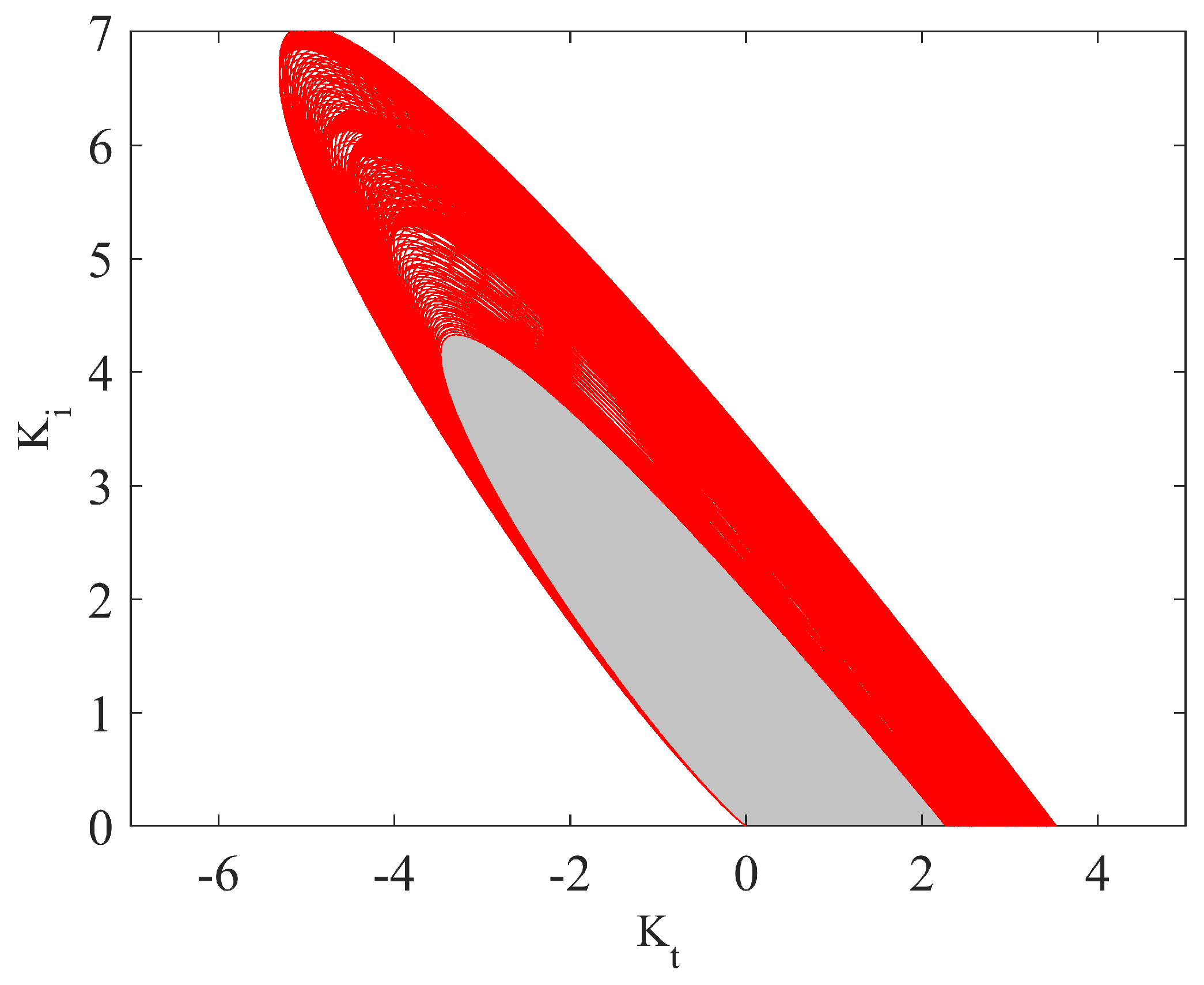
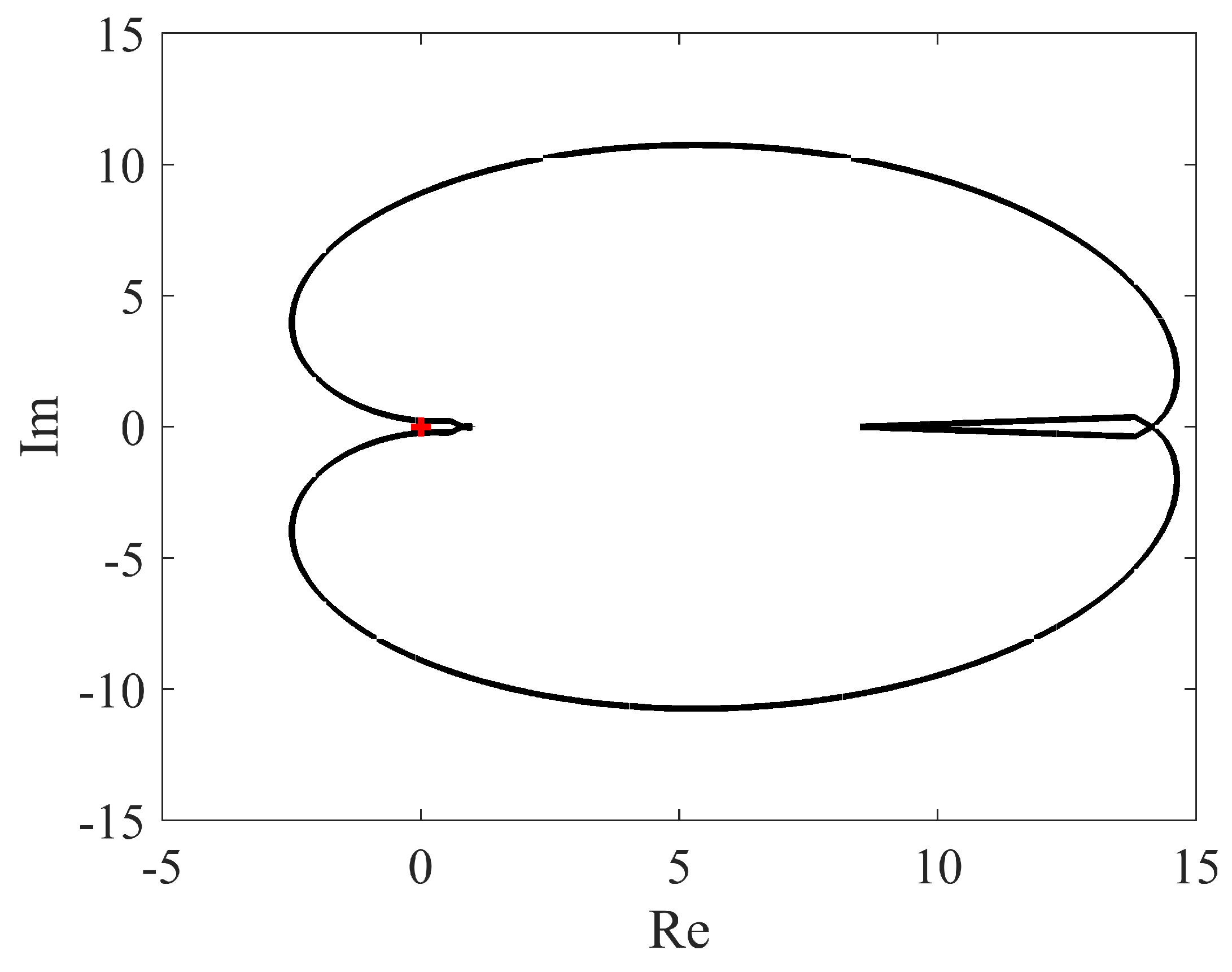

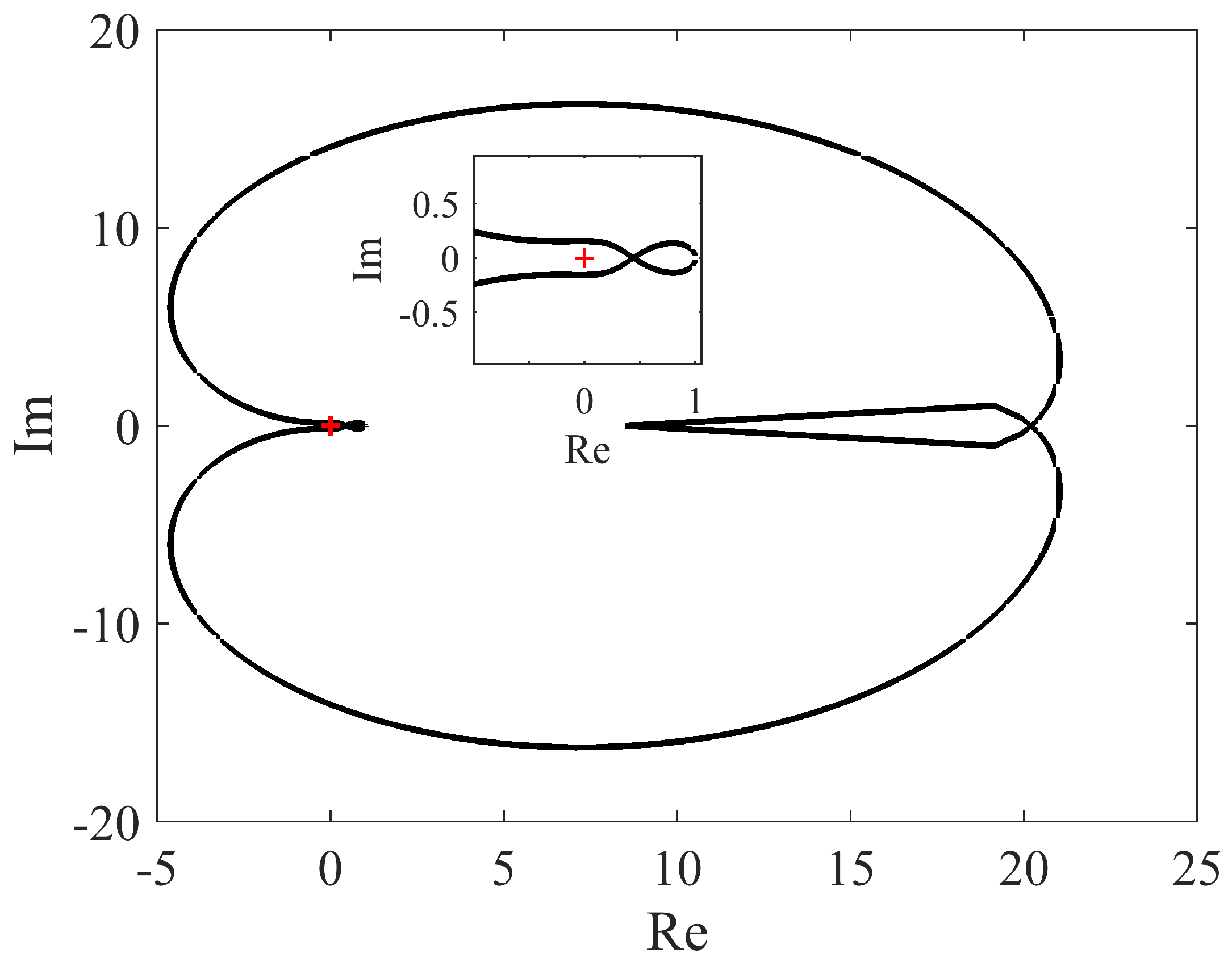

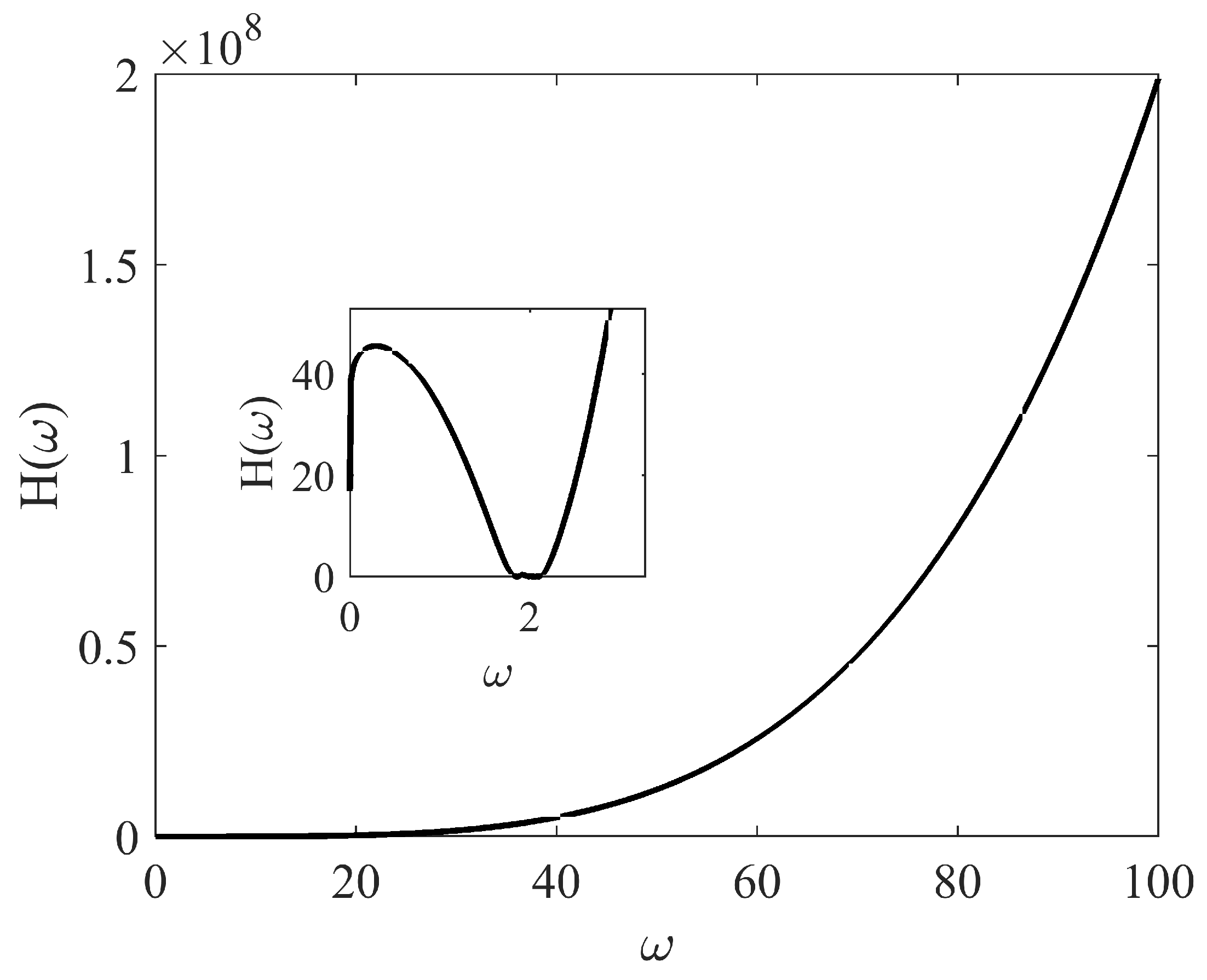
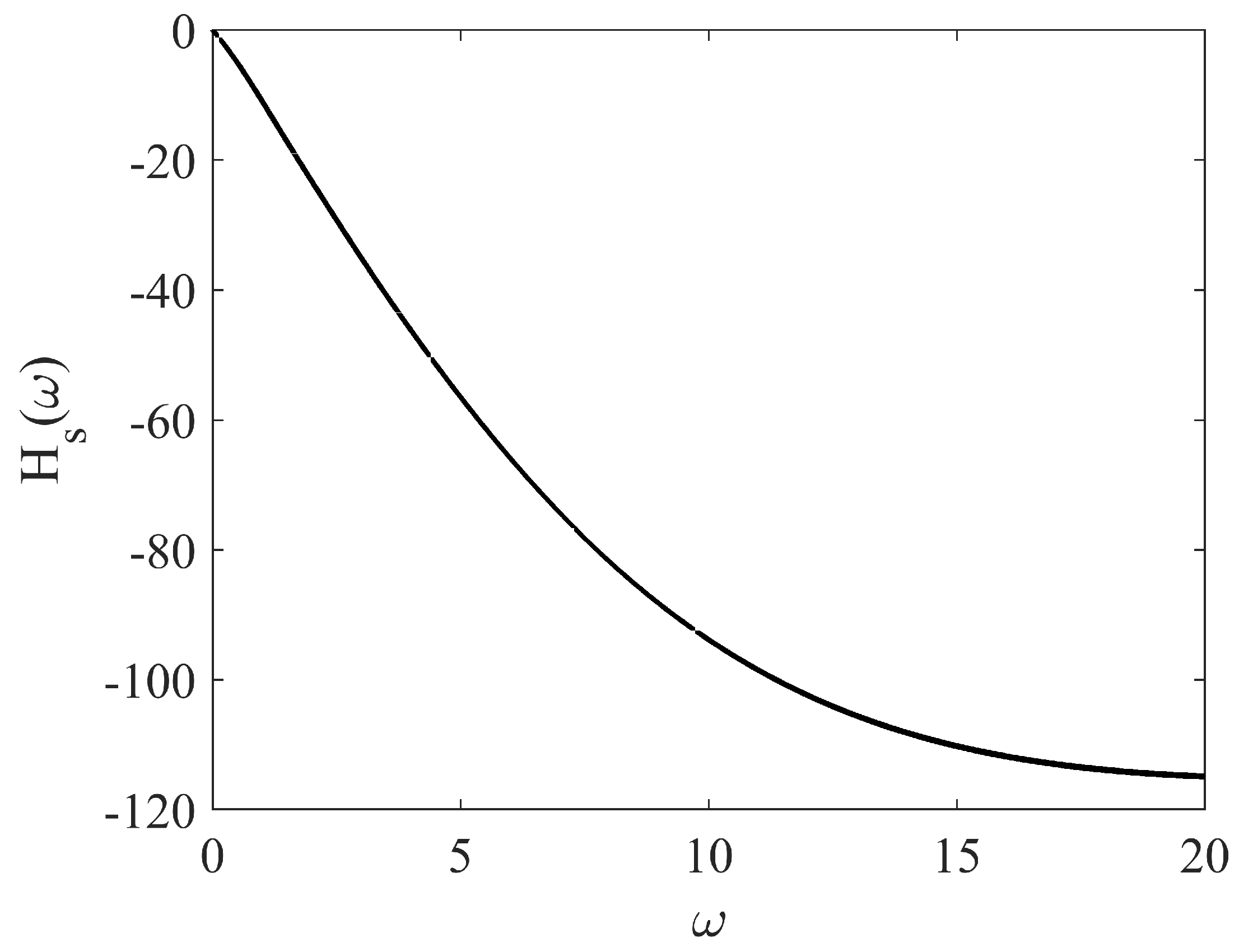
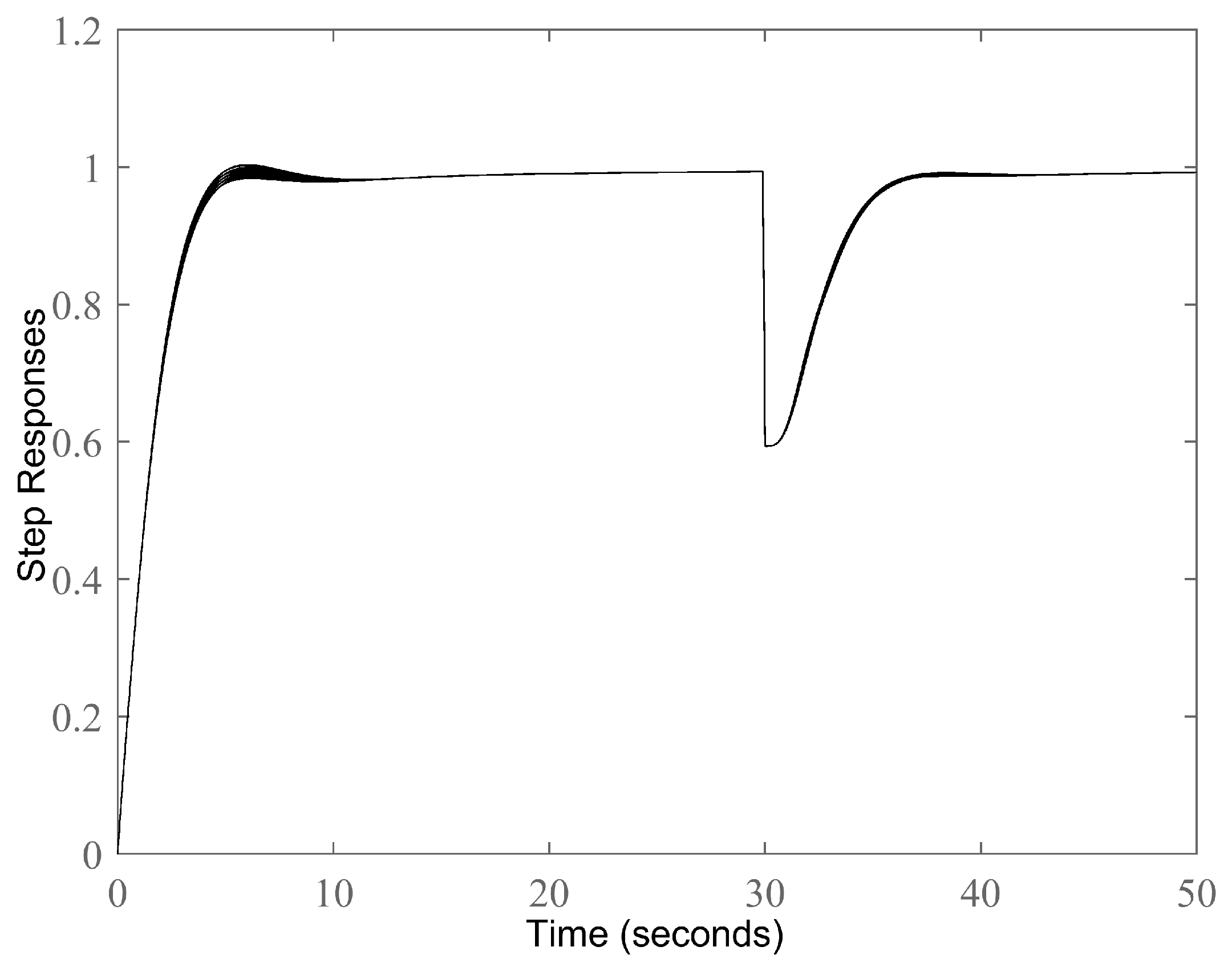

Disclaimer/Publisher’s Note: The statements, opinions and data contained in all publications are solely those of the individual author(s) and contributor(s) and not of MDPI and/or the editor(s). MDPI and/or the editor(s) disclaim responsibility for any injury to people or property resulting from any ideas, methods, instructions or products referred to in the content. |
© 2023 by the authors. Licensee MDPI, Basel, Switzerland. This article is an open access article distributed under the terms and conditions of the Creative Commons Attribution (CC BY) license (https://creativecommons.org/licenses/by/4.0/).
Share and Cite
Malik, M.Z.; Zhang, S.; Chen, G.; Alghaythi, M.L. Robust Tilt-Integral-Derivative Controllers for Fractional-Order Interval Systems. Mathematics 2023, 11, 2763. https://doi.org/10.3390/math11122763
Malik MZ, Zhang S, Chen G, Alghaythi ML. Robust Tilt-Integral-Derivative Controllers for Fractional-Order Interval Systems. Mathematics. 2023; 11(12):2763. https://doi.org/10.3390/math11122763
Chicago/Turabian StyleMalik, Muhammad Zeeshan, Shiqing Zhang, Guang Chen, and Mamdouh L. Alghaythi. 2023. "Robust Tilt-Integral-Derivative Controllers for Fractional-Order Interval Systems" Mathematics 11, no. 12: 2763. https://doi.org/10.3390/math11122763
APA StyleMalik, M. Z., Zhang, S., Chen, G., & Alghaythi, M. L. (2023). Robust Tilt-Integral-Derivative Controllers for Fractional-Order Interval Systems. Mathematics, 11(12), 2763. https://doi.org/10.3390/math11122763





